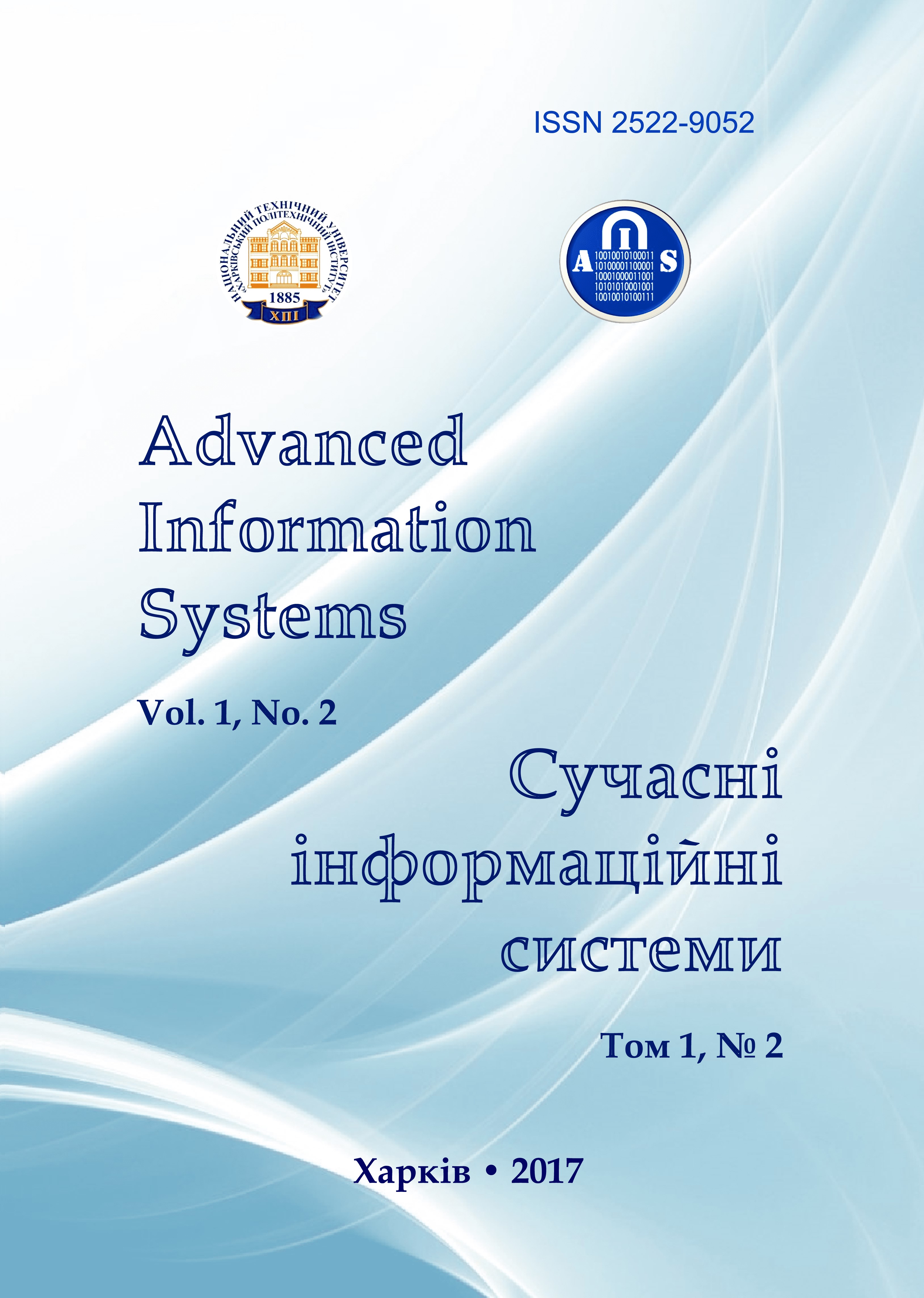The numerical estimation method of a task success of UAV reconnaissance flight in mountainous battle condition
Main Article Content
Abstract
© A. A. Bayramov, E. G. Hashimov
The numerical estimation of performance of battle task in mountainous region by using Unmanned Aerial Vehicles (UAV) reconnaissance flight is very important for theatre-of-war planning of battle operations. In paper, the numerical estimation method of a task support success of UAV reconnaissance flight in mountainous battle condition has been offered and considered. This method is based on the probabilistic approach. The battle support (security) is activities complex realized for the purpose of creation of the favorable conditions for successful battle activities and enemy impact degradation for any conditions. The battle support includes reconnaissance, electronic warfare, tactical camouflage, engineering support, radiation-chemical and biological protection, aiming control and astrogeodetic support, hydro-meteorological support, protection. The minimum of permissible safety height of UAV flight by using geoinformation system (GIS) technology has been determined. Only the UAV tactic reconnaissance flight is considered in paper. For solution of this task, the various input parameters have been took into account: security events set of the troops, security events set of UAV reconnaissance flights, set of the UAV performance characteristics, set of UAV operating conditions, set of mountainous landscape characteristics. The calculations have been carried out for the specific conditions of one of the mountainous broken ground region of the Azerbaijan Republic.
Article Details
References
Encyclopaedia of missile strategic army (2009), Ed. N.Е. Solovtsova, RVSN, Moscow, 860 p. (in Russian).
Podinovski, V.V. (2007), Introduction in the theory of importance measure, Fizmatgiz, Moscow.: 2007, 64 p. (in Russian).
Kotov, А.А. and Dmitriev, S.Yu. (2014), “Main statements of the method of successful forming of data base taking into account aging and update”, Quality. Innovation. Education, No. 5, pp. 51-55.
Ventsel, Е.S. (2004), Investigation operations: tasks, principles, methodology, Drofa, Moscow, 208 p. (in Russian).
Gulevich, S.P., Меlnikov, D.N. and Suvorov, А.P. (2016), “Mathematical modeling of UAV flight in the regime of the terrain following”, Perspectives of UAVs development and application, Pros. of Scientific Practical conference. Ministry of Defense of the Russian Federation. Kolomna, pp. 70-76 (in Russian).
Bayramov, A.A., Hashimov, E.G. and Emənov R.R. (2016), “Revealing of unvisible objects on the terrain by using GIS technology”, Geography and nature resouces, Reports of Azerbaijan Geography society, No. 1, pp. 124-126 (in Azerbaijanian).
Trimble UX5 HP Unmanned Aircraft System (2017), available at: https://www.trimble.com/survey/ux5hp.aspx (last accessed May 31, 2017).
Kotov, А.А. (2016), “Methodical estimation of task success of the combat support when robot system application”, Perspectives of UAVs development and application, Pros. of Scientific Practical conference. Ministry of Defense of the Russian Federation. Kolomna, pp.135-140 (in Russian).
Hashimov, E.G. and Bayramov A.A. (2015), “Destruction of enemy combat power in indeterminacy condition”, Proc. of Vth International Scientific Technical conference “Modern development directions of data communication technology and control means”, 23-24 April 2015, Kharkov, Ukraine, p.9. (in Russian).
Hashimov, E.G., Bayramov, A.A. and Khalilov, B.M. (2016), “Terrain orthophotomap making and combat control”, Proc. of Int. Conf. “Modern Call of Security and Defence”. 19-20 May, War College after G. Rakovski, Sofia, 2017, pp. 68-71.
Hashimov, E.G., Bayramov, A.A., Nasibov, Ya.A. and Amanov, R.R. (2015), “Application of relief digital model for combat operation planning”, Military Knowledge, No. 4, pp. 63-69 (in Azerbaijanian).
